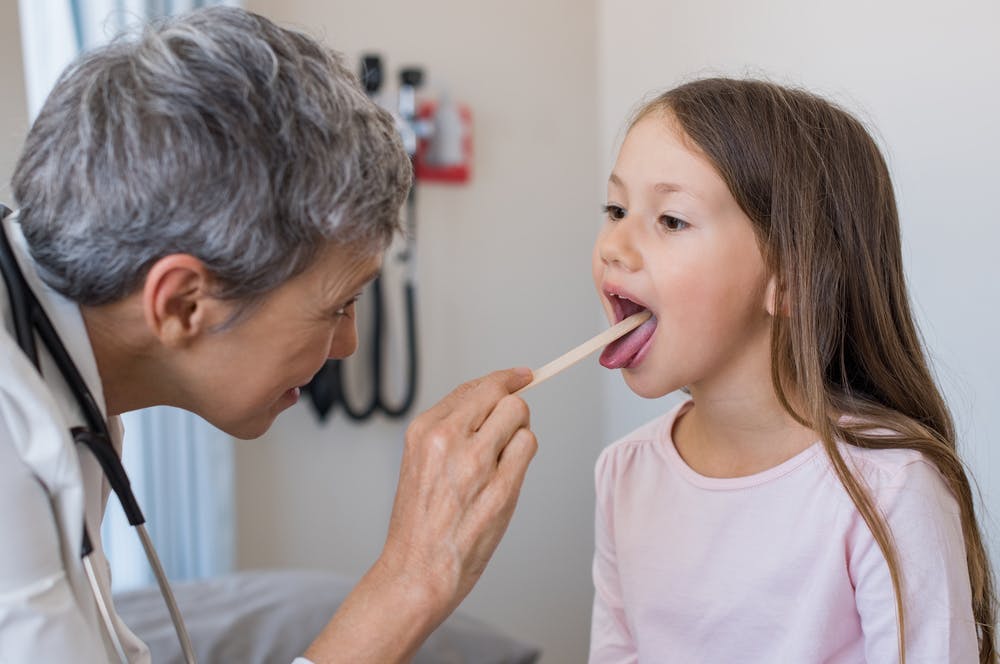Five ways to relieve sinus pressure at home
Sinusitis affects 30 million people in the U.S. each year. Symptoms of sinusitis include nasal congestion, facial pressure, headaches, fatigue, sore throat, and dry cough. In most cases, these symptoms are caused by a viral infection. Less than 2% of sinusitis cases are bacterial, meaning that the majority of people with sinusitis do not need an antibiotic.
However, there are other treatment options that have been proven to be effective. If you’re experiencing sinusitis symptoms, here are a few things that can help.
1. Saline nasal irrigation*
Irrigating your nasal passages with saline (saltwater) is helpful for several reasons. It thins mucus so it drains faster, it hydrates the mucous membranes in your nose and sinuses, and it helps flush out mucus, viral particles, and irritants like dust and pollen. Also, salt kills bacteria, so it can prevent you from developing a secondary bacterial sinus infection.
You can buy an over-the-counter nasal saline spray, use a NetiPot, or make your own salt-water solution and use a blue bulb syringe to flush out your sinuses. Be sure to research online or ask your healthcare provider about the proper way to use these nasal irrigation systems.
2. Nasal steroid sprays*
Nasal sprays that contain steroids are helpful in reducing inflammation in your nasal passages and sinuses, which lets mucus drain faster and relieves sinus pressure. These sprays used to be prescription-only, but now several over-the-counter options are available, including fluticasone and triamcinolone.
It’s important to note that there are many over-the-counter nasal sprays to choose from, which can make it confusing to determine which contain steroids and which don’t. One pro tip is to check the product’s list of active ingredients. If the main ingredient doesn’t end in -one, it’s not a steroid spray.
3. Oral decongestants*
Decongestants speed up the rate at which your body reabsorbs the fluid, so this class of medication helps relieve sinusitis symptoms by quickly reabsorbing excess congestion.
The most effective decongestant is pseudoephedrine. It’s over the counter in most states, though some states require customers to show a photo I.D. at the pharmacy counter because pseudoephedrine can be used to manufacture the illicit drug methamphetamine.
Pseudoephedrine is also the “D” in combination with allergy-decongestant medications that you can find at most drug stores.
Another oral decongestant, often marketed with a PE, contains a different decongestant that’s called phenylephrine. Studies have shown that phenylephrine is no more effective than a placebo. So read the decongestant label carefully before you purchase it, and opt for pseudoephedrine, not phenylephrine!
4. Antihistamines*
Over-the-counter antihistamines include diphenhydramine, loratadine, cetirizine, and fexofenadine. These medications have not been shown to have an effect on viral sinusitis. However, for patients whose sinus pressure is caused by or worsened by allergies, an antihistamine can be useful in reducing mucus production and drying out sinuses faster.
5. Pain & fever medication*
Patients with sinus congestion can experience significant discomfort, including facial pressure, headaches, throat inflammation, and pain in their upper teeth. Taking a medication that alleviates pain can offer relief from these symptoms. Since viral sinusitis can also cause a low-grade fever, taking an over-the-counter fever reducer can offer added relief.
One option is acetaminophen, which alleviates pain and fever. Another option is an NSAID (non-steroidal anti-inflammatory drug).
NSAID medications include ibuprofen and naproxen. NSAIDs relieve pain and fever, and they have the added benefit of reducing inflammation.
*It should be noted while these medications are safe for most patients, they are not indicated for everyone. Consult a medical provider to see what treatment options are safe for you.
***
Written by Sarah Thebarge, Physician Assistant


